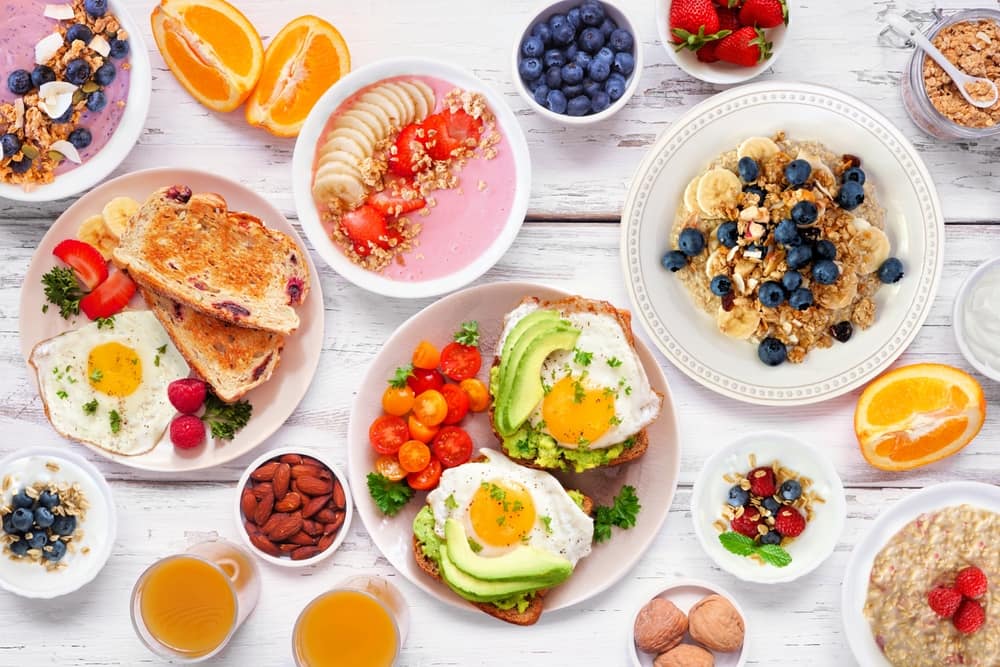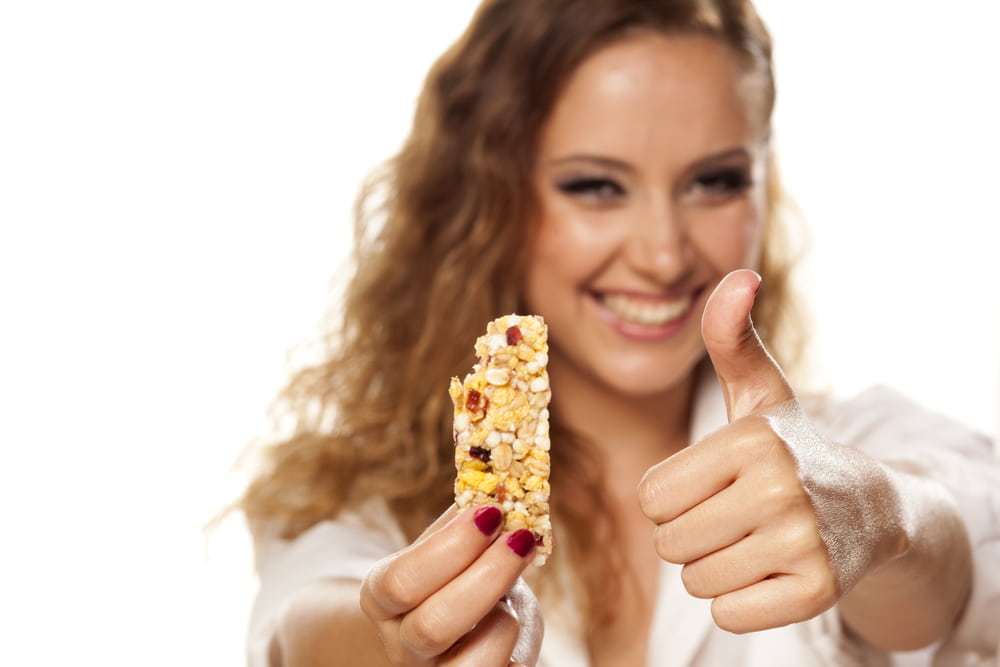Best diet for diabetics
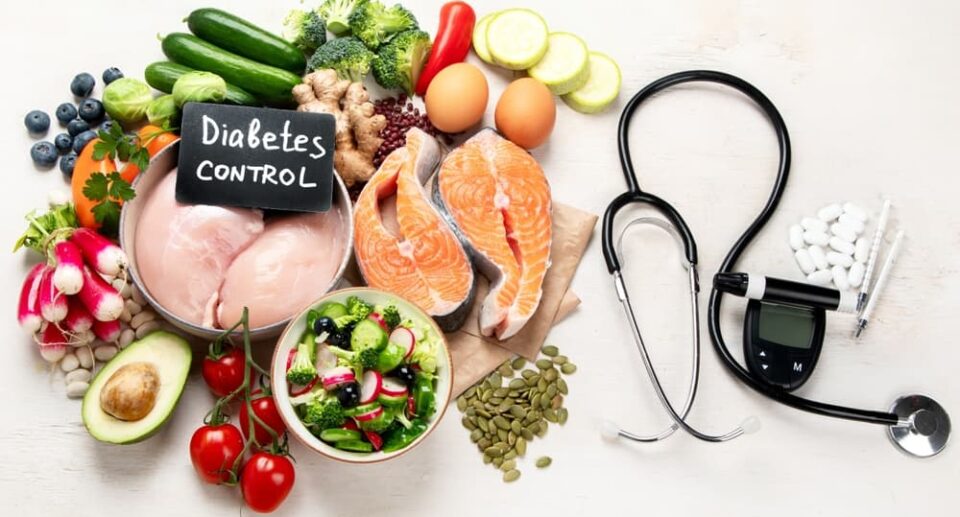

Diet for diabetics focuses on controlling blood sugar levels through balanced meals rich in fiber, lean protein, and healthy fats. Managing diabetes effectively starts with a proper diabetes diet. While blood glucose monitoring is important, the foods you eat play the most crucial role in controlling your condition. A well-balanced diabetes diet helps regulate blood sugar levels, supports healthy body weight, and reduces the risk of complications. With smart dietary choices, individuals with diabetes can increase their energy levels, improve physical well-being, and lead a healthier lifestyle.
Are you stuck on how to draw a realistic yet healthy eating plan for diabetes, what food to include, and how to maintain the right choice every day? The article will offer direct and to-the-point ideas. Today’s hottest diet trend is the diabetes-specific diet, in which minor dietary adjustments can result in health changes.
“A diabetes diet is simply a healthy-eating plan that will help you control your blood sugar.”-Mayo Clinic
Top Diabetes Diet Foods for Better Blood Sugar Control
Leafy Greens: A Must-Have in the Best Diet for Diabetics
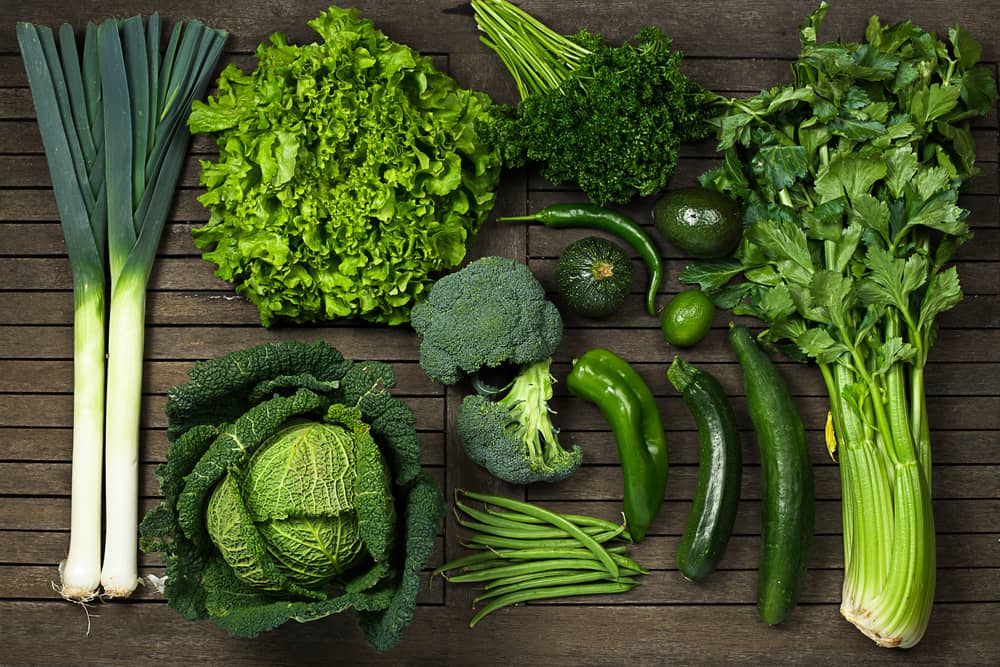

Spinach, kale, Swiss chard, and collard greens are nutrient-packed leafy greens that are low in carbs and have minimal impact on blood sugar—making them ideal for a diabetes diet. They are among the vegetables with the least impact on the blood sugar level; therefore, they are the meal better suited for diabetes people.
Aside from being the carrier of vitamins A, C, and K and antioxidants, leafy greens also act as an anti-inflammatory agent and assist with overall well-being. Their high fiber content stays in the stomach for a long time, covering the walls, so releasing glucose is slower, and thus, more insulin is capable of dealing with it. Studies have shown that individuals who consume a lot of leafy greens have a significantly lower risk of developing diabetes mellitus type 2.
Leafy greens are a way of making meals more interesting and, at the same time, more balanced with the help of vitamins, iron, and fiber. Thus, experts recommend that you eat leafy greens with or without cooking preparation, and with less sugar, they are capable of helping blood sugar levels stay more stable. Thus, whether eaten raw or cooked, they are a good source of vitamins, and they, at the same time, help normalize blood sugar levels. For a diabetes-friendly meal, serve them with lean protein and healthy fats required for energy and blood sugar control.
Whole Grains for a Balanced Diabetic-Friendly Diet
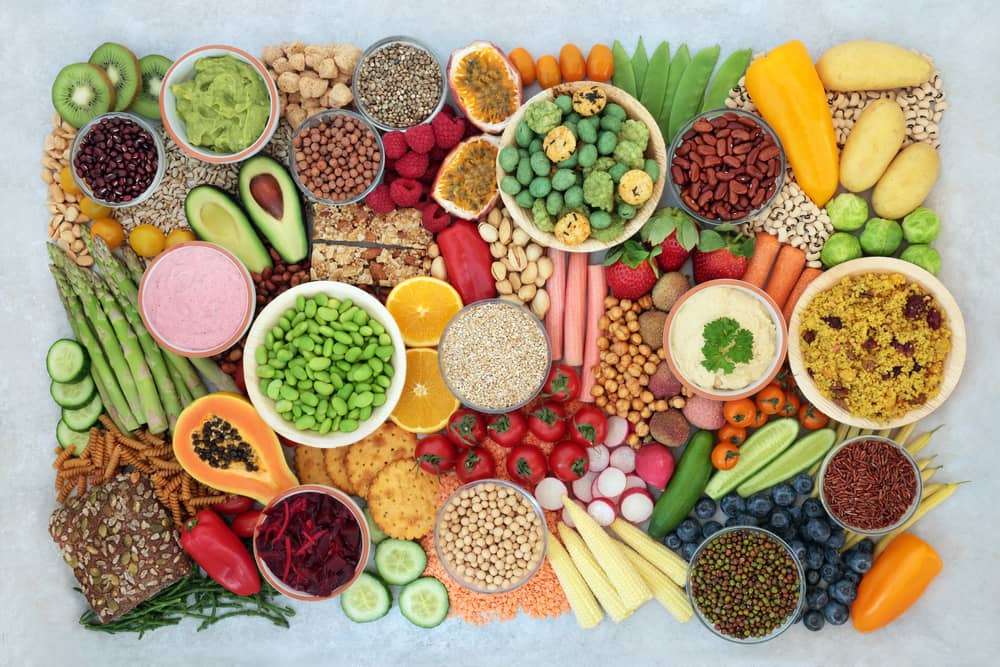

Whole grains such as quinoa, oats, brown rice, barley, and whole wheat are key components of a diabetes-friendly diet due to their fiber and slow-digesting carbohydrates.
In addition to B vitamins, magnesium, and antioxidants, whole grains are a good source of heart health, digestion, and blood sugar regulation. Research results have indicated that whole grains are beneficial in preventing type 2 diabetes.
Add these products to your daily menus by having oatmeal for breakfast, quinoa in salads, whole meal bread, and pasta for blood sugar management.
“Replacing refined carbohydrates with whole grains and choosing healthy fats can lower the risk of type 2 diabetes and help manage it better.”-Harvard T.H. Chan School of Public Health
Fatty Fish in a Healthy Diabetes Diet Plan
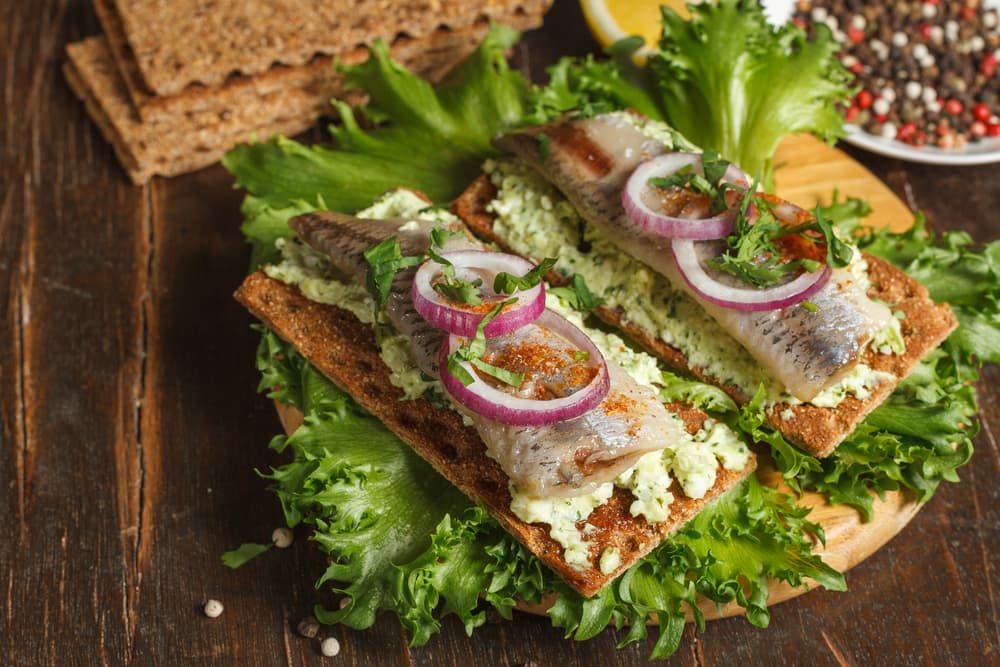

For those following a diabetes diet, adding fatty fish like salmon and mackerel provides the essential omega-3s that fight inflammation and help regulate insulin sensitivity.
Fatty fish also contain a lot of high-quality protein, promoting a healthy blood sugar metabolism by slowing digestion and preventing blood sugar spikes.
It is advisable for a diabetic to ingest two portions of oily fish each week to contribute to a healthy diet and to improve diabetes while enjoying something tasty and satisfying such as a grilled, baked, or pan-seared dish.
Nuts and Seeds: Superfoods for Diabetic Nutrition
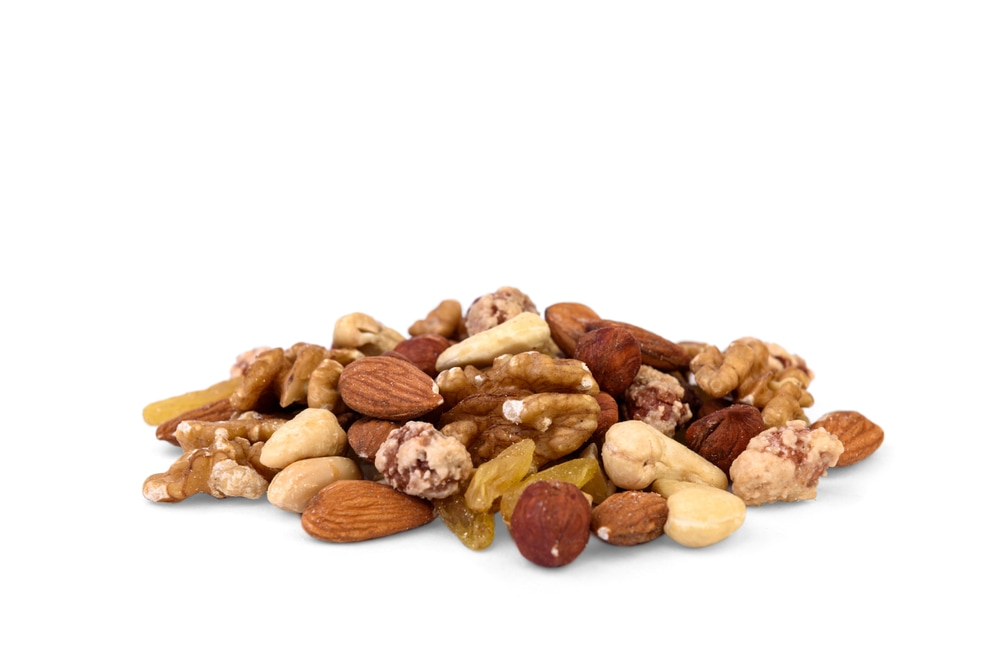

Nuts such as almonds, walnuts, and seeds such as chia, flaxseeds, and pumpkin seeds contain a lot of fiber, protein, and healthy fats. Thus, they are great choices for a diabetic diet. The said nutrient-rich foods help lower blood sugar, increase inflammation, and support heart health.
Additionally, nuts and seeds have magnesium, an essential chemical for insulin regulation. You can chew them as a snack, mix them into salads, or blend them into your protein shakes for an enhanced textural and nutritional value as part of your diabetic diet plan.
Berries for Natural Blood Sugar Regulation in a Diabetes Diet
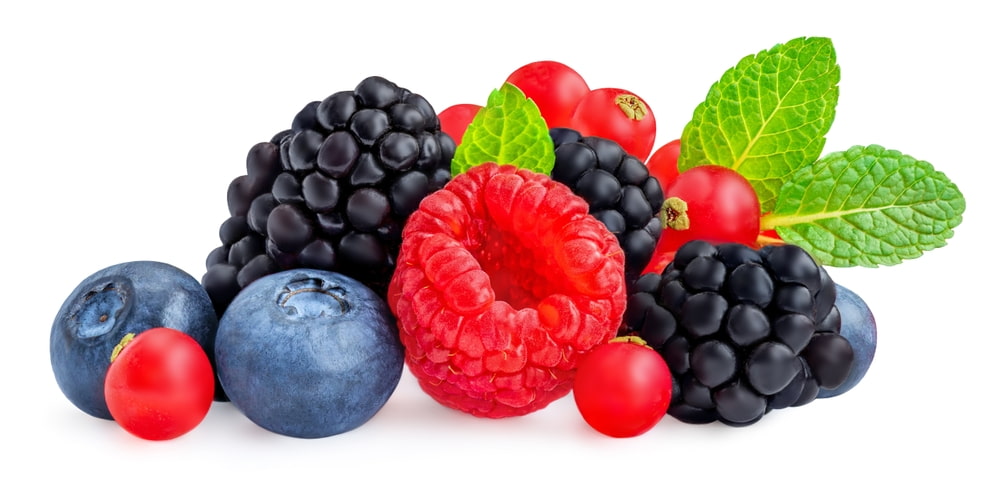

The scientific perspective of the issue is that the bright and juicy nature of the berries, such as blueberries, strawberries, raspberries, and blackberries, is the main feature that they are best for being antioxidants, fiber, and vitamins. They make a great contribution to a diabetes diet. They are allies in the fight against diabetes with their low glycemic index and are also worthwhile for digestion and heart health because of the high fiber content they contain.
Moreover, berries are a whole of polyphenols that can also be taken to lessen the number of inflammations that may show up and increase the power of insulin in the body. You can use them as fresh, blend them into smoothies, or a topping for yogurt or oatmeal for a naturally sweet and nutritious treat.
Greek Yogurt as a High-Protein Food for Diabetics
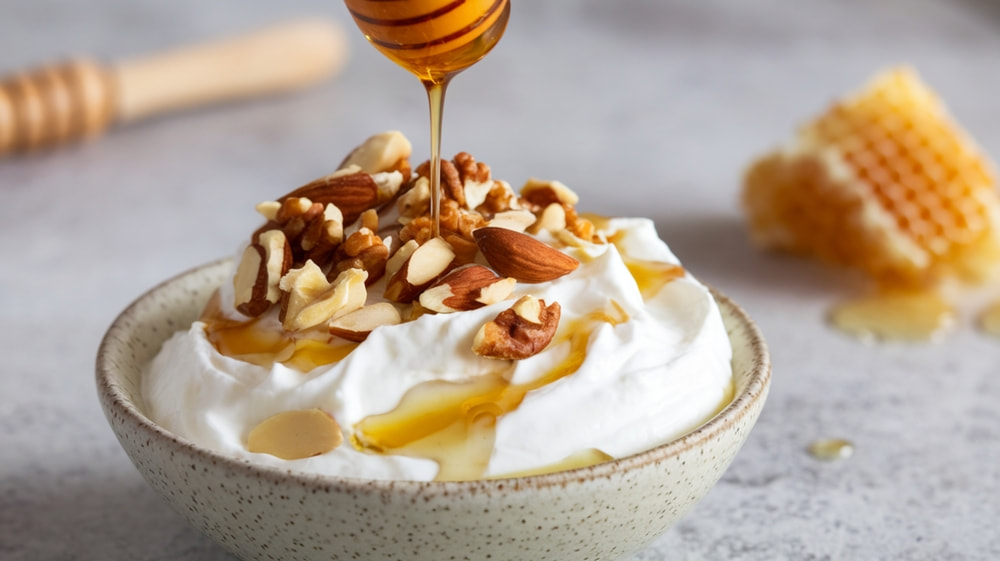

Probiotic-filled Greek yogurt is high protein and good for gut health and weight control. Also, it is lower in carbohydrates and more prosperous in protein, so it is suitable for diabetics’ comfort. The beneficial bacteria of Greek yogurt are good for digestion and may increase the sensitivity of the insulin hormone in the body.
Eggs in a Low-Carb, Best Diet for Diabetics


Diabetes should be welcomed in at least eggs. This is because they are made of high-quality protein that helps keep blood sugar levels under control. Meanwhile, eggs are healthy for your heart as they contain omega-3 fatty acids and antioxidants. However, it is OK to eat the yolk, especially if you have high cholesterol problems, but you need to do it appropriately. Eating eggs gives you essential nutrients that regulate your weight and improve your energy level.
Chia Seeds: A Fiber-Rich Addition to Any Diabetic Meal Plan
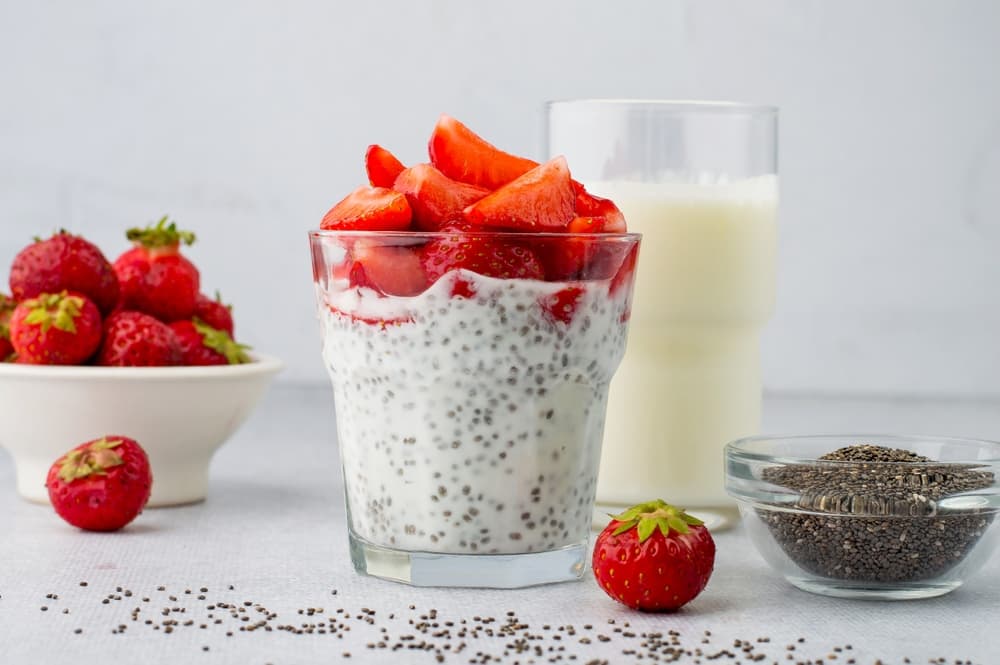

People with diabetes can get their required fibers and omega-3 fatty acids from chia seeds, whose indispensable role in controlling blood sugar results from these contributions. As they are assimilated easily and thrive in gut bacteria, chia seeds boost the body’s overall immunity. The insoluble fiber bulks up and slows food movement in the gut, making a person feel satiated longer and thus consume less. Also, chia seeds can prevent heart diseases, help lower blood pressure, and improve insulin sensitivity to some extent.
Why Managing Diabetes with the Right Diet Is Essential
Diabetes management through diet is one of the most effective ways to lead a balanced life and fend off complications. By choosing fresh and nutrient-rich foods and carefully planning your diabetes meals, you can keep your blood sugar levels steady and have a satisfying, healthy lifestyle.







